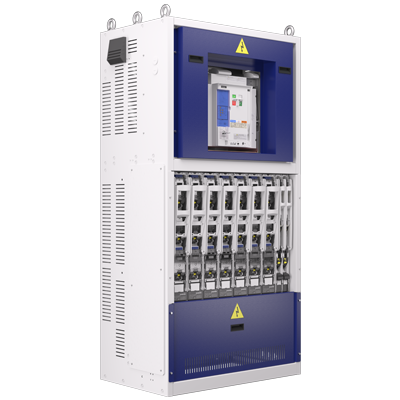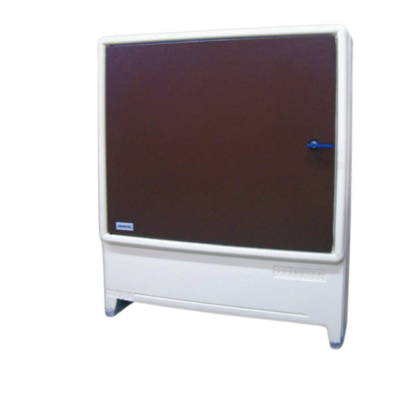
Fuse switches VS Circuit breakers
Advantages of Using Fuse Switches versus Circuit Breakers in Electric Vehicle Charging Stations
The choice between fuse switches and circuit breakers is crucial in the design and operation of electrical installations, especially in industrial and electrical distribution environments. The following is a detailed analysis of the advantages of using fuse holders compared to circuit breakers, based on several critical factors.
Cost
Circuit Breakers
- More expensive: Circuit breakers are expensive, both in terms of purchase and maintenance. In addition, calibration must be carried out by specialised personnel during commissioning, which entails maintenance costs.
Fuse switches
- More economical: Fuse switches are significantly more economical.

Short Circuit Safety
Circuit Breakers
- Good, but limited durability: Circuit breakers offer good short-circuit safety, but must be replaced after several trips if the currents are very high. In addition, the short-circuit ratings supported are not as high as those offered by fuses.
Fuse switches
- Very high: Fuses have a very high breaking capacity, which makes them extremely reliable against short circuits.
Safety in Load Breaking Manoeuvre
Circuit Breakers
- High safety: The breaking operation is very safe and independent of the user.
Fuse switches
- Operator dependence: The breaking operation depends on the opening speed of the operator, which requires specific training to ensure safety.
Switchgear Installation and Design
Circuit Breakers
- Non-standardised dimensions: The dimensions of circuit-breakers are not standardised, which means that customised switchgear must be designed for each type of circuit-breaker. This prevents the definition of industrialised and competitive solutions.
Fuse switches
- Standardised design: The dimensions of the fuse bases are standardised, allowing interchangeability between manufacturers. In addition, it facilitates the expansion of installations in the future, allowing a modular and scalable design.
Supercharger Application
Supercharger Challenges
- Heavy cyclic loading: Superchargers need to handle high current flows to reduce charging times, which exposes the fuse bases to repetitive peak loads. This cyclic loading can lead to premature contact wear in circuit breakers.
Advantages of Fuseholders in Superchargers
- Preparation for future expansion: Using fuse switches as outlets for distribution lines allows switchboards to be designed to facilitate expansion of the number of lines, adapting to the expected increase in the number of electric vehicles. This modular design is ideal for installations that can double their capacity in five years, ensuring a future-proof infrastructure.

Conclusion
Fuse switches offer several advantages over circuit breakers, especially in terms of cost, short-circuit safety, and ease of installation and switchboard design. Their use is particularly beneficial in applications that require high breaking capacity and the possibility of future expansion, as in the case of superchargers for electric vehicles.
In summary, fuse switches represent a more economical, safer and flexible solution for many electrical applications, outperforming circuit breakers in several respects.
Related News
Electric Vehicle Charging Modes according to the IEC 61851-1 Standard
Electric vehicle (EV) charging is a crucial issue in the move towards sustainable mobility. There...
Soluciones de vanguardia para las redes inteligentes de BT
Pronutec y Merytronic en colaboración con Ariadna, han desarrollado una solución completa para la monitorización...
Fuse switches, the best solution for the protection of LV electrical distribution
What is a three pole vertical fuse switches? At Pronutec we design and develop a...
















































































